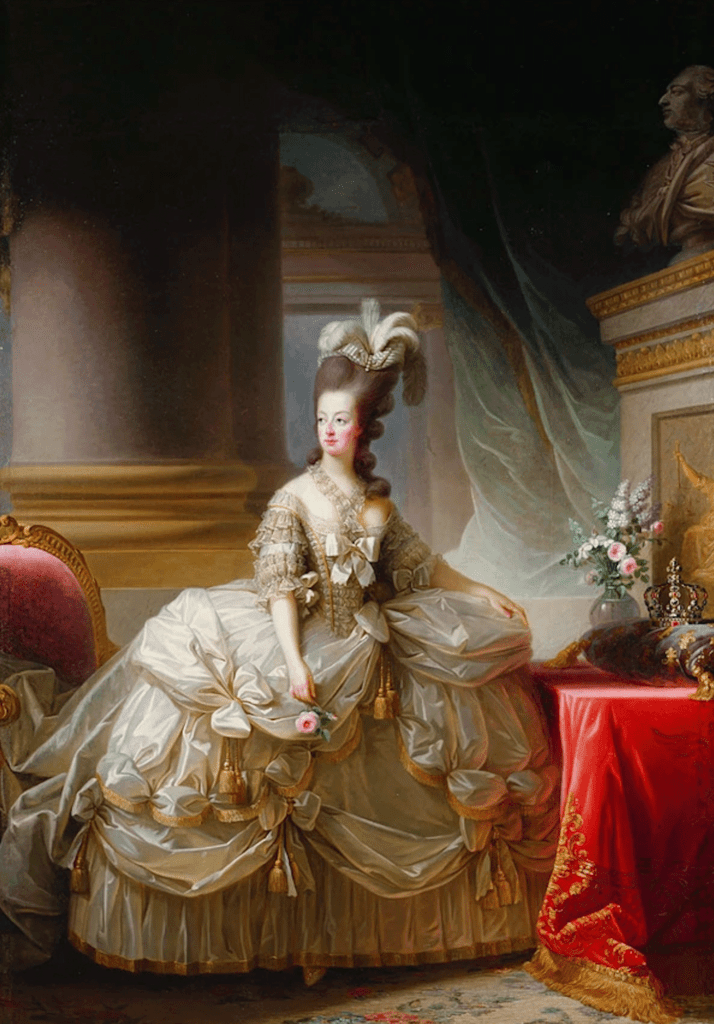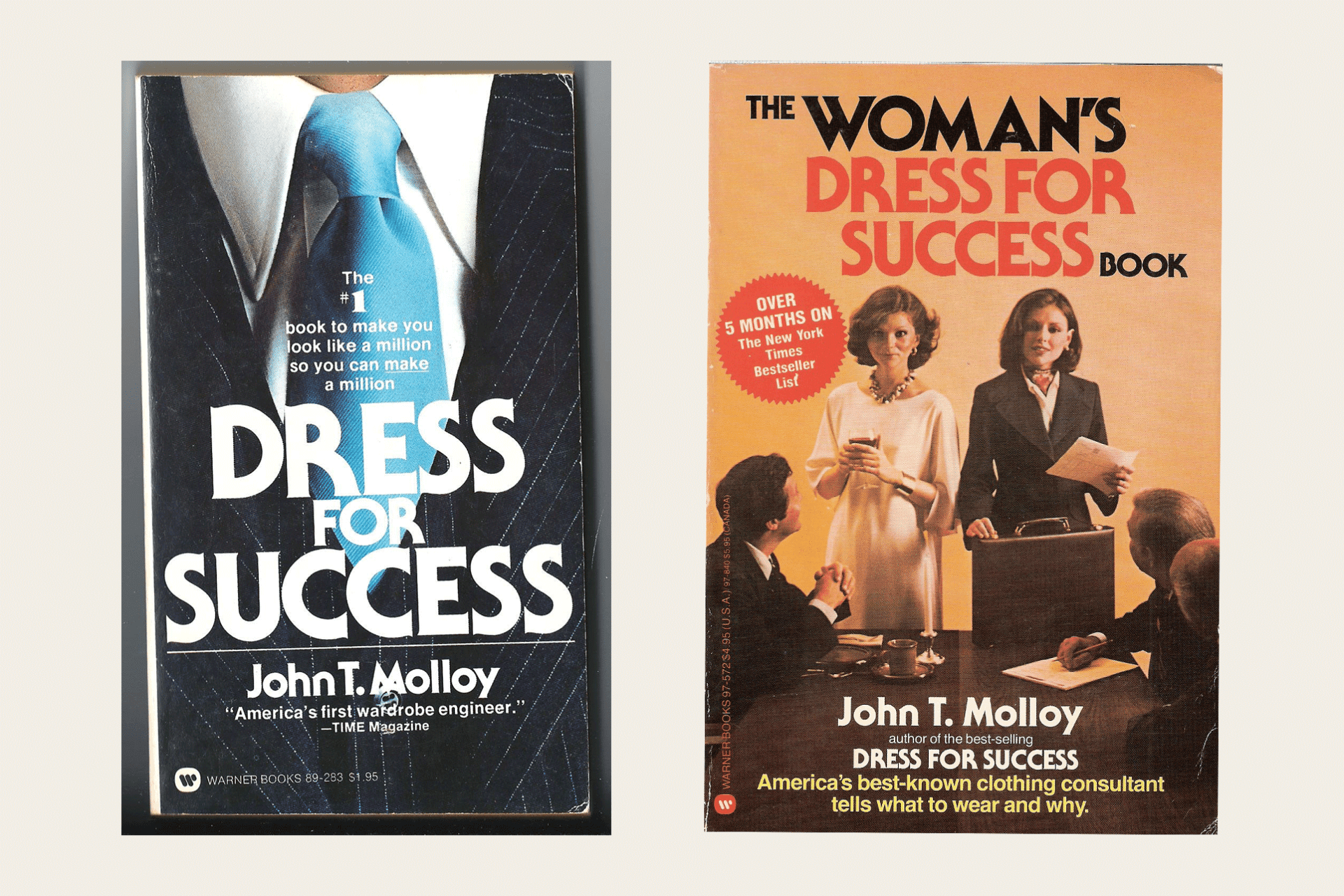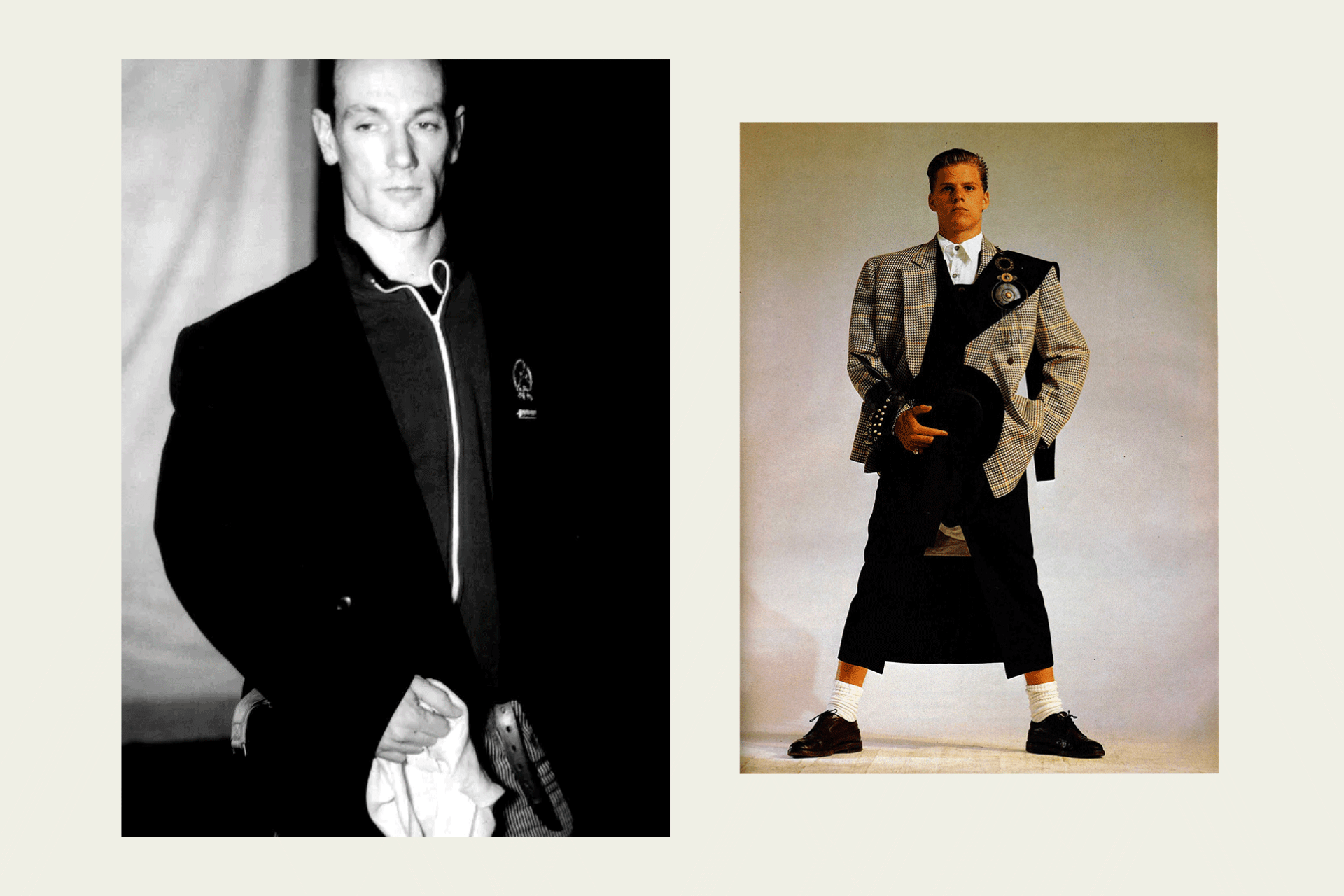03 Feb Amazing history of fashion and personal styling you need to know
Ready for the big news? The boom of fashion and personal styling is happening right now. From Queen Marie Antoinette in the late 18th century to digital styling of today, there is no doubt that styling has been going through an amazing evolution. You are a part of it.
Here is the brief history of styling.
18th century: Celebrity styling
Styling as we know it started with celebrities in 1772, when Marie Antoinette (the last Queen of France) met Rose Bertin. Rose came from a poor family and made her way up from a milliner to the first celebrated French fashion designer. Rose Bertin became Marie Antoinette’s personal stylist, and soon the Queen became the first consumer of “haute couture” fashion. Fashion became art.
1960-70s: First fashion stylists and image consultants
First stylists were editors who worked for fashion magazines. They would not only coordinate the photoshoot, choose models, manage the art direction but also style models.
In the 1970s, image consulting became very popular, accelerated by 1975 book Dress for Success 1975 by John T. Molloy. In this book, the author talked about the effect of clothing on a person’s success in business and personal life. TIME Magazine called this book America’s first wardrobe engineer”. Dress for Success – addressed mostly to men – became a bestseller and in 1977 was followed by a “female” edition – The Women’s Dress for Success Book.
1980s- 2000s: “Fashion editing” and Ray Petri
The term “fashion editing” appeared in the 1980s to describe selecting and managing clothes on a model. The first freelance stylists appeared and many of them ended up working for magazines. Ray Petri who is also considered to be one of the first stylists was a British creative visionary and the man behind the Buffalo movement. He was casting diverse mixed-races models, and initiating conversations about metrosexuality. Ray Petri’s mission was to democratize fashion, and he succeeded.
His fashion styling was focused on the look and the shape of the garment – not its label. He was blending styles and genres and was not afraid to combine ethnic references with high fashion.
Fashion styling as an industry has been moving very rapidly since the 1980s. In the 1990s, there was a rise of “The Armani Awards” and personal shoppers. In the 2000s, celebrity styling started blooming in Hollywood, while styling courses started appearing in European universities.
Now: The new age of fashion styling
We live in an era where fashion styling – kept as a privilege for celebrities – has been finally becoming more and more affordable for the rest of the world. For example, E-commerce fashion retailers like Nordstrom are offering fashion styling services on their Nordstrom Trunk Club website. Stitch Fix provides affordable styling services and allows customers to receive curated looks from 1000+ brands and styles.
With the rapid take off of digital fashion and marketplaces for digital fashion like DressX, the rise of digital fashion stylists services might be on the rise soon.
Our blog and a growing styling platform – Sparkpick – is another example of the personal styling evolution. As people care more and more about sustainability and minimalism, we create curated looks using clothing from reliable eco-friendly brands. We believe that this will help women do more with less and find their unique style, while preventing fashion waste and ultimately – saving the planet.
Found the story of fashion styling fascinating? Share it!





